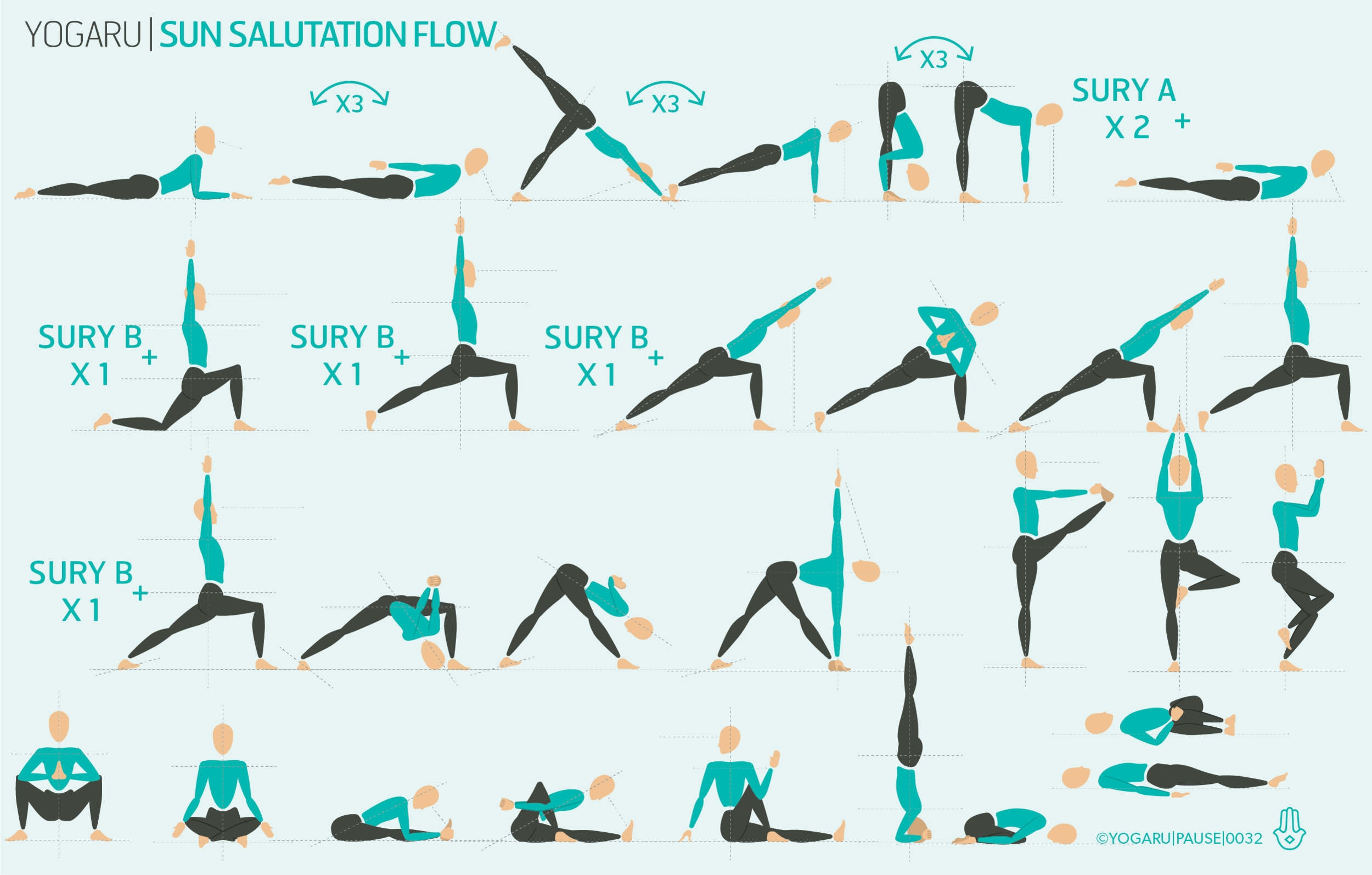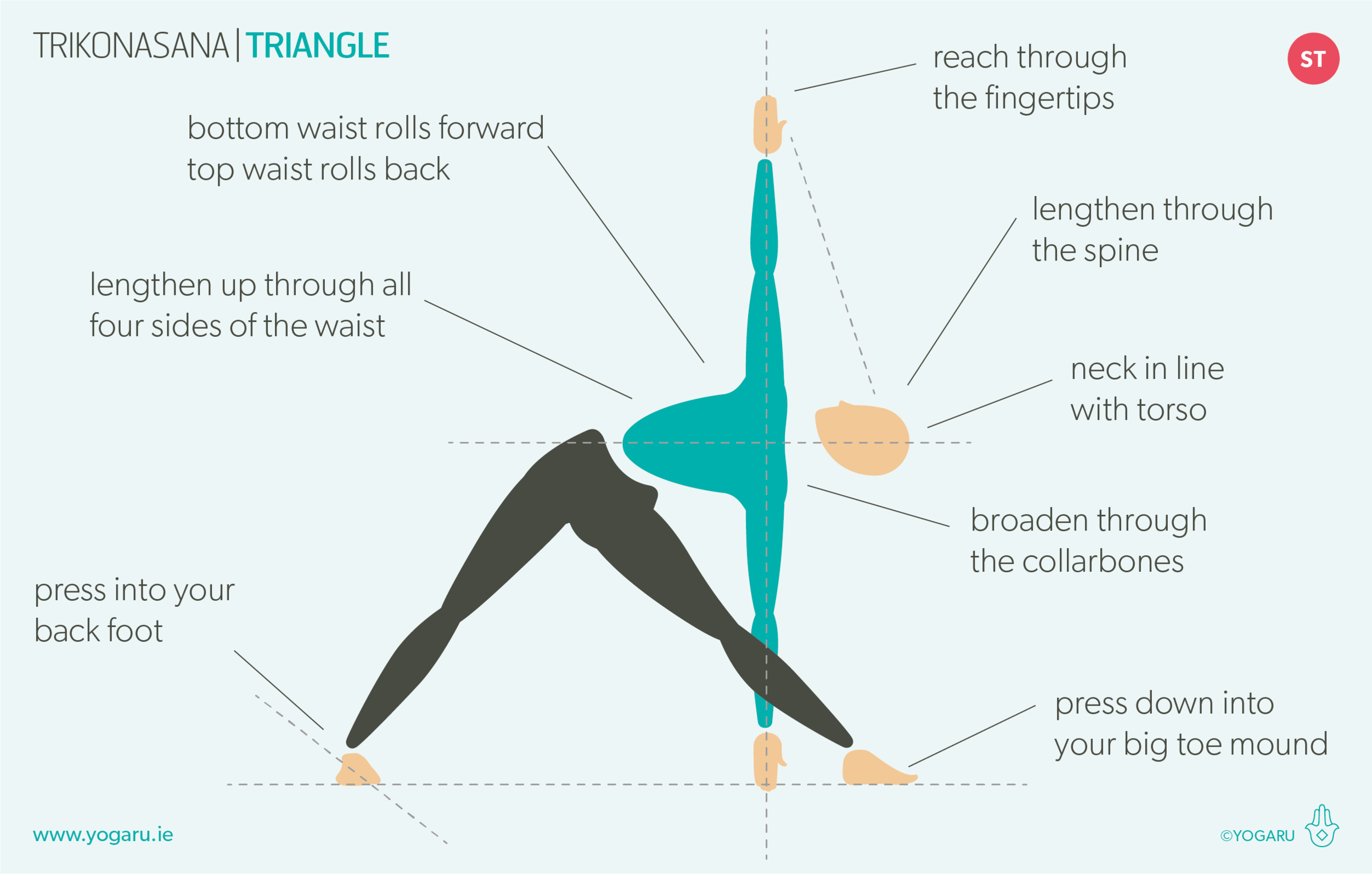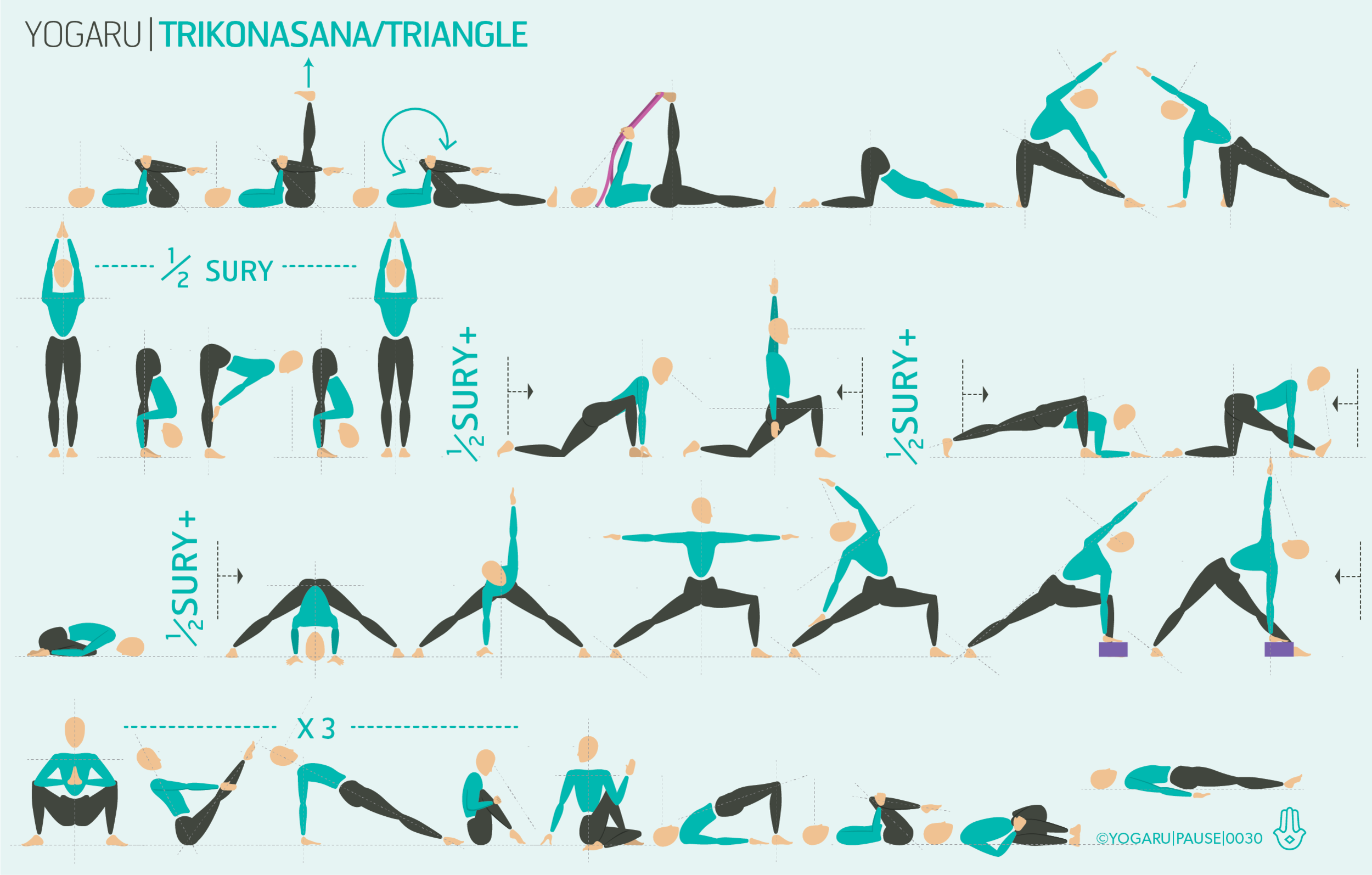WELCOMING THE SUN
Last weekend marked a noticeable change in our weather, and felt like the sun was trying its hardest to melt away our winter layers. While doing the Bray to Greystones walk with my gang, I saw a difference in the general moods of all around us. You can even see it in peoples postures and how they move. We probably grow a few inches when the sun comes out as we uncurl and reach up to the sky.
In honour of the brave Spring sun I've been exploring the Sun Salutations in my practice and my class plan this week. If you look through my sequences you'll notice that Sun Salutation C or the Classic Sun Salutation is definitely my favourite. Have a look at my previous article on Surya Namaskara/Sun Salutation for my reasons why, and the difference between the three. To mix things up a bit I went back to the Sun Salutation A & B, which were probably the first asanas I learnt when I started practising yoga over fifteen years ago.
The Sun Salutations are perfect to start your practice with – they build heat; increase circulation; build focus and concentration; are energising and stretch and strengthen your whole body. They also establish the connection between breath and movement. Each asana coordinates with either and in breath or an out breath. Print out the two Sun Salutations below and the sequence above. Get creative with your Sun Salutations.
To save the images for personal use click and hold down the image until the ‘save image’ option appears; on Mac hold down ‘control’ and click the image to get the option box; on PC right click on the image to get the option box. Scroll down in the ‘option box’ and click ‘save image’.
Ruth Delahunty Yogaru







